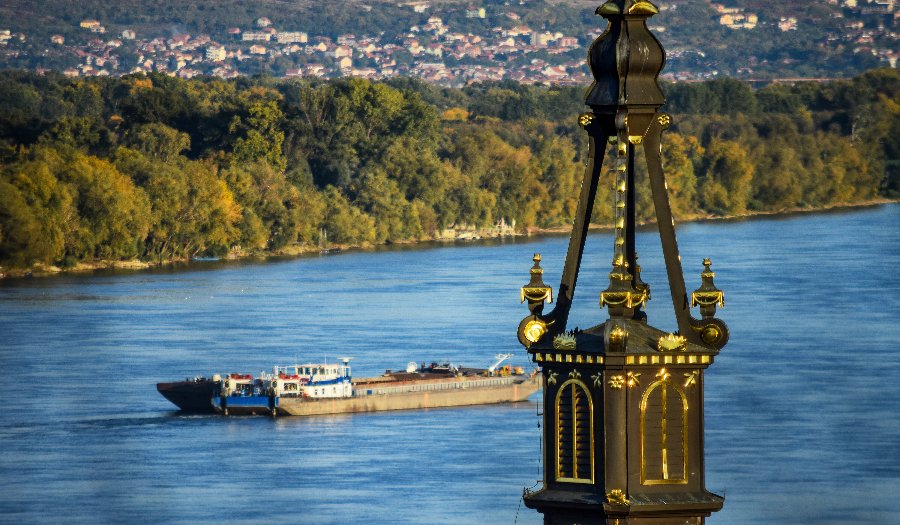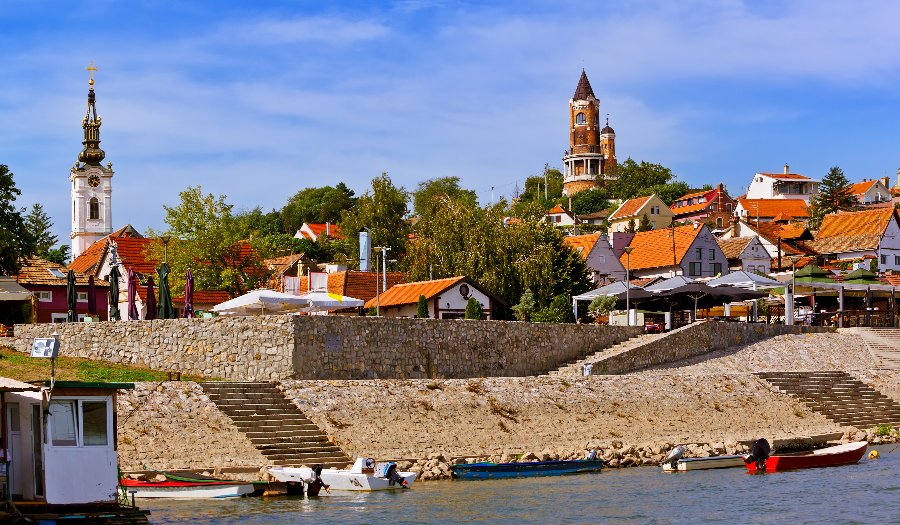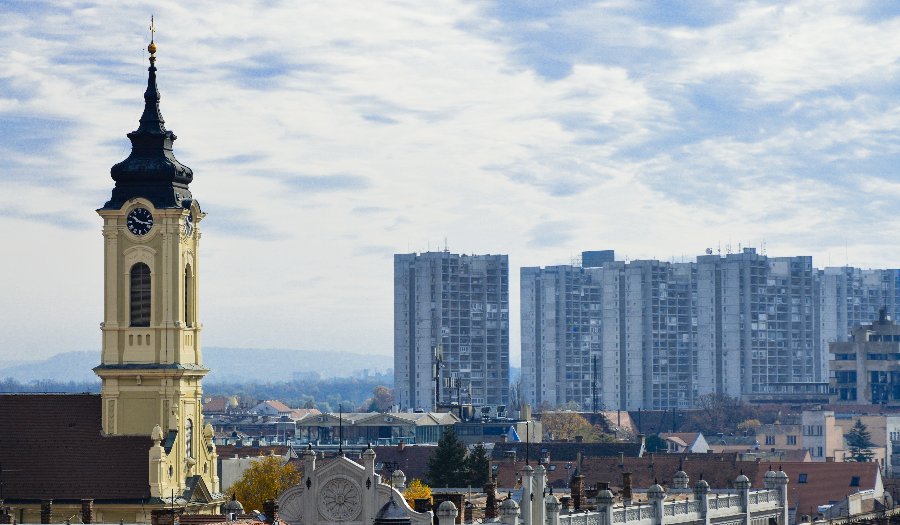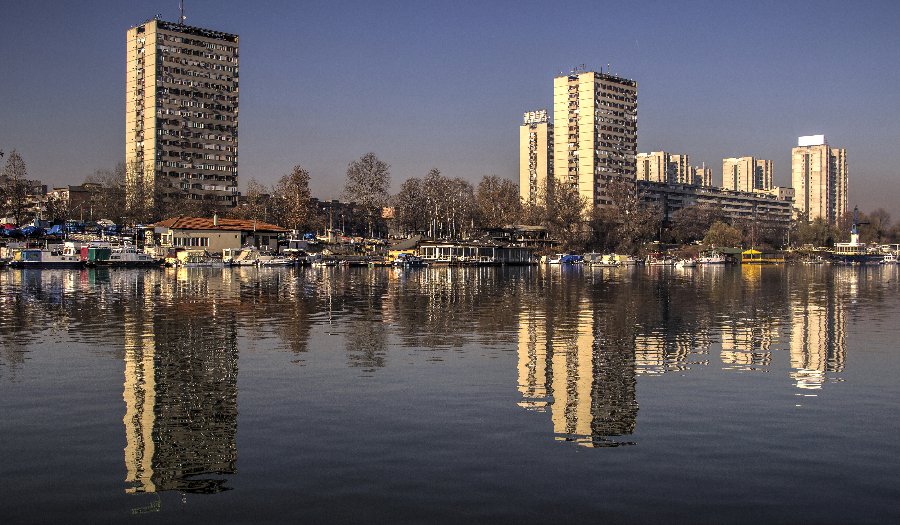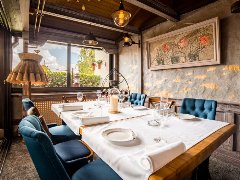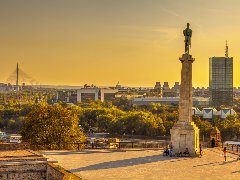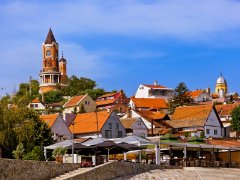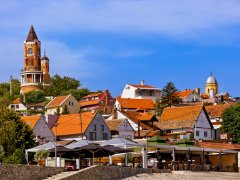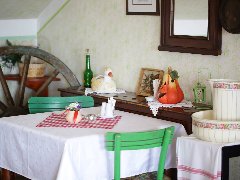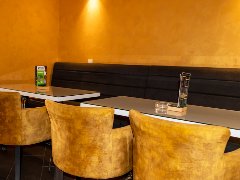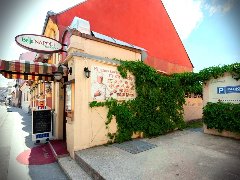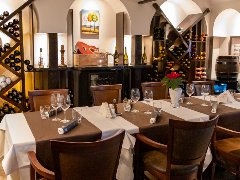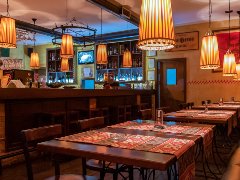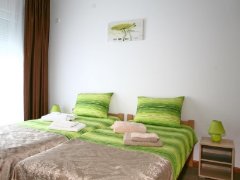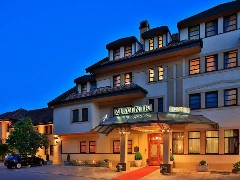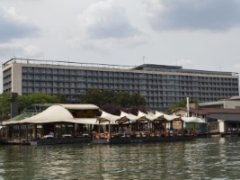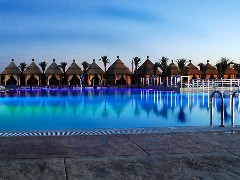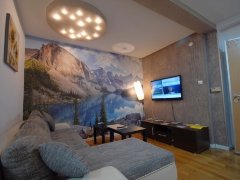The first settlement on the site of today's Zemun dates back to the early Stone Age. At the time of the Celts and Romans, Zemun had been named Taurunum. Zemun is one of the oldest settlements in the world, originated at the same time as Belgrade which is the 3rd or 4th oldest city in Europe. Zemun had been conquered by many armies, destroyed and burnt down by many known and unknown armz generals, it was economically successful, geo-strategically important, industrially developed, but also a city that has experienced and survived the disast rous plague.
It was founded on the site where the tower Gardos is, in the Neolithic period when the first fortified settlement was built more than seven thousand years ago. People of that time lived in dugouts - pits. According to the remains of material culture, it can be proved that the first inhabitants of Zemun established their villages and live in them in a period of about 4500-3000 BC. Known fortress on Gardos existed also in the time of Celtic domination of this region from 3 BC - 1st century AD and the first name of the town - Taurunum comes precisely from that period. It is interesting that the name Taurunm has persisted throughout the period of Roman rule and developed as an ancient town.
Later, it was converted into a merchant center, and from the mid XIX century, into trade and industrial city. In 1945, Zemun was merged with Belgrade as a municipality. Zemun fortress with its remains from the XV century is located on a hill Gardos, along with the Millennium Monument, a tower built by the Hungarians in 1896 to mark their thousand year presence in the region of Pannonia.
Preserved old buildings and monuments testify to the city's history and lifestyle - House of Dimitrije Davidovic, journalist and diplomat, Spirta`s house in which the Zemun Home Museum is, House with sundial on the facade that shows the time, Icko`s house where Petar Icko, Serbian negotiator with Turkey, used to stay, the building of the Municipality of Zemun and many others.
At the end of the nineteenth century today`s city park has been formed on the site where once Kontumac, quarantine for passengers and goods coming on the Danube, stood. There are two baroque churches remaining from that period of time in the park, the Roman Catholic and Orthodox. Immediately after turning the space into green area, two monumental buildings were built - large secondary school building, now the Zemun gymnasium and "Girls school".
In Zemun there is the Saint Nicholas Church, one of the oldest in Belgrade. Zemun is the guardian of the following facilities: Franciscan monastery, a former Jewish synagogue, Temple of Nativity of the Virgin Mary, Temple of St. Demetrius known as Haris Chapel, Church of the Blessed Virgin Mary.
The twentieth century brought to Zemun the Serbian childhood home and Boys school, the building of the Faculty of Agriculture and the Air Force Headquarters, Cultural and Sports Center "Pinki", edifice "Madlenianum".
In addition to the valuable historical heritage, Zemun is known for its bohemian and artistic spirit, cafes and seafood restaurants, landscaped quay on the Danube with the building of the Old Captaincy, water sports. Zemun is known for its Festival of monodrama and pantomime, the Salon of caricature, and summer events such as "Summer at Gardos" and "Summer on the quay".
Great War Island is located at the confluence of the Sava and Danube and it is the most important green area in Zemun. Army sets pontoon bridge almost every year so Zemunians can enjoy at Lido beach where thy can rest and relax during the summer days.
